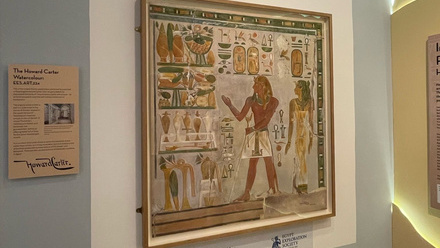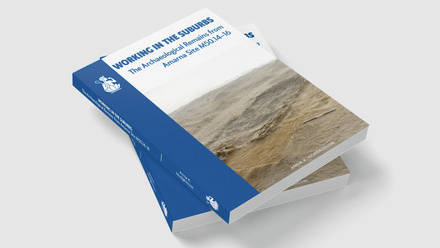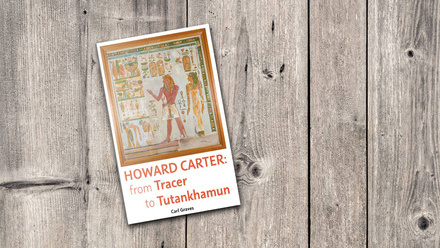Project Amunet
Banner image: The temple of Nebhepetre Mentuhotep at Deir el-Bahari, the site of Amunet’s lost tomb.
Discovered in early 1891 by Eugene Grébaut, the reportedly intact burial of the Eleventh Dynasty Hathor priestess named Amunet was almost eclipsed by the simultaneous excavation of the Bab el-Gasus tomb of the priests of Amun at Deir el-Bahari. The objects from this important burial, including Amunet’s body, are now spread over three major museums in Cairo (EMC, NMEC, GEM) and have never been subject to an in-depth examination.
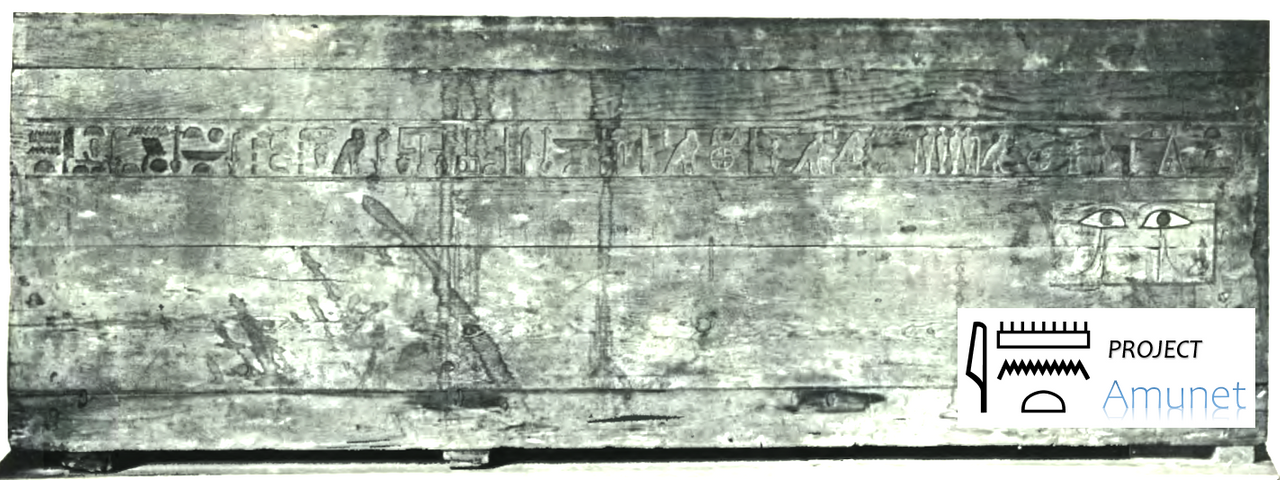
Coffin of Amunet. Cairo CG 28026. (After Lacau, Sarcophages, pl. V)
Project Amunet, part of the EES Affiliate Programme, comprises Angela Tooley (independent researcher) and Maarten Praet (PhD candidate, Johns Hopkins University). Our aim is to study the tomb contents – coffins, cosmetic jars, net carriers, mirrors, inscribed linens and a wide variety of jewellery, all of which will be examined, drawn and photographed. Some of these objects have been studied in isolation decades ago, but, to date, there has been no comprehensive and holistic interpretation of this supposedly intact early Middle Kingdom burial. Our ultimate goal is, therefore, to publish the findings of our study, which brings together artefacts, archival sources and interpretation, to improve our understanding of Amunet within the royal court of Nebhepetre Mentuhotep.
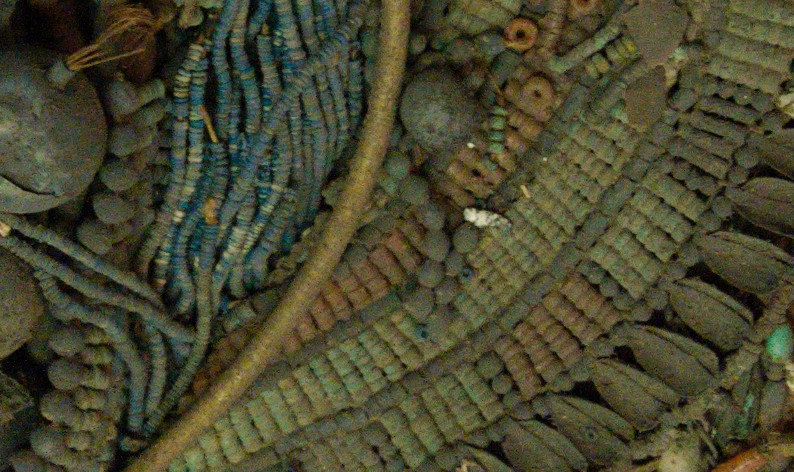
Amunet’s jewellery – collars and necklaces. (Photo © Horus Study by permission)
The project’s researchers are working in close collaboration with the US-Egyptian Horus Study, who made CT scans of the mummified remains of Amunet in 2009. Through the careful examination of Amunet’s body, the project aims to understand the life and death of a woman at the royal court in the Eleventh Dynasty and to better interpret and situate the tattoos on her skin that are of increasing interest to those researching the extent of this practice in ancient Egyptian culture. Infrared photography, a non-invasive technology, of the body markings will clarify their number, composition and position, which remains speculatively based on outdated information.
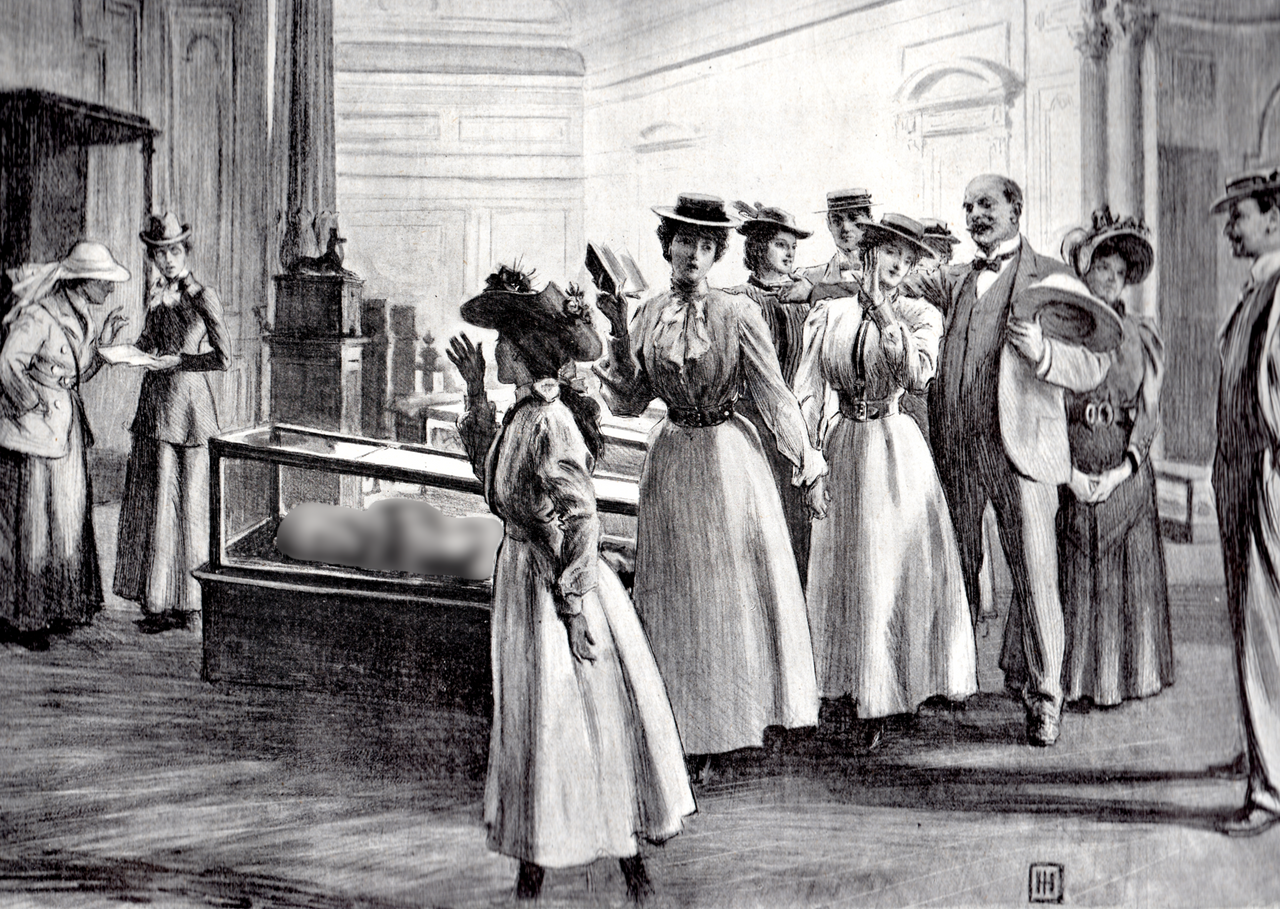
“The Season in Cairo. Fair Visitors and the Mummies in the Ghizeh Museum from a sketch by Major Nott”. The Graphic, 15 April 1899, page 469. Amunet’s remains on display at the Ismail Pasha Palace, Giza.
Please click here if you would like to see this image with the mummified human remains not blurred.
Project Amunet plans a field season in 2024 in Cairo to study the museum objects and Amunet’s mummified remains. Progress updates will be provided via social media, EES bulletins and spotlight lectures. Outreach tutorials on photographic techniques within a museum context based on the project’s work will be provided for our Egyptian collaborators’ students in person or via Zoom.
EES-affiliate programme
This programme supports Egyptological research projects by providing this network as well as access to logistical services, funding, promotion, and publishing opportunities.

